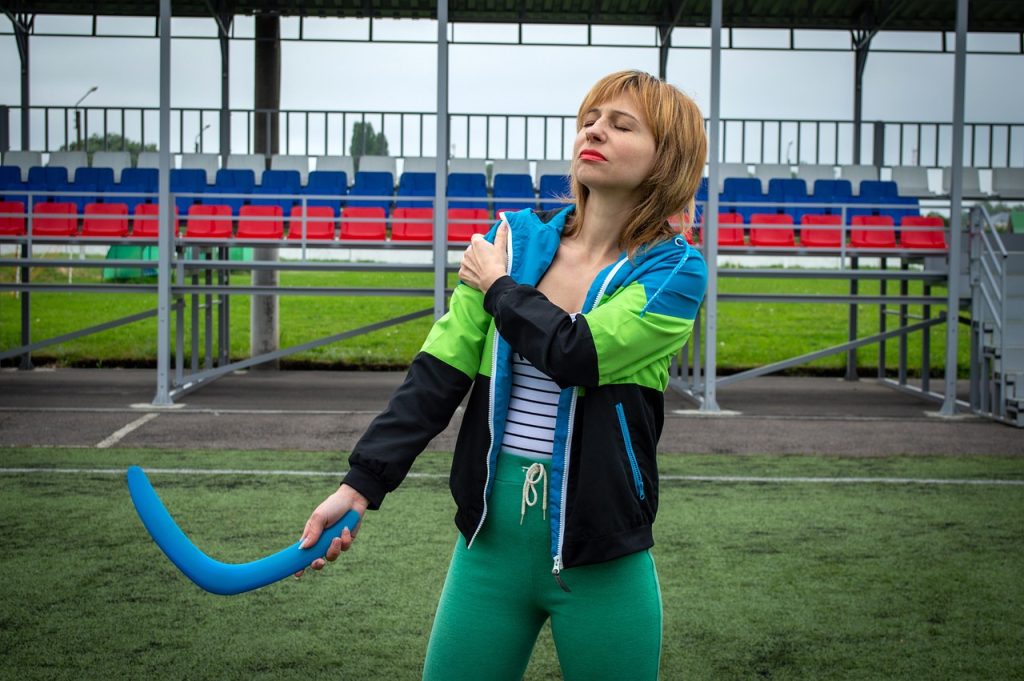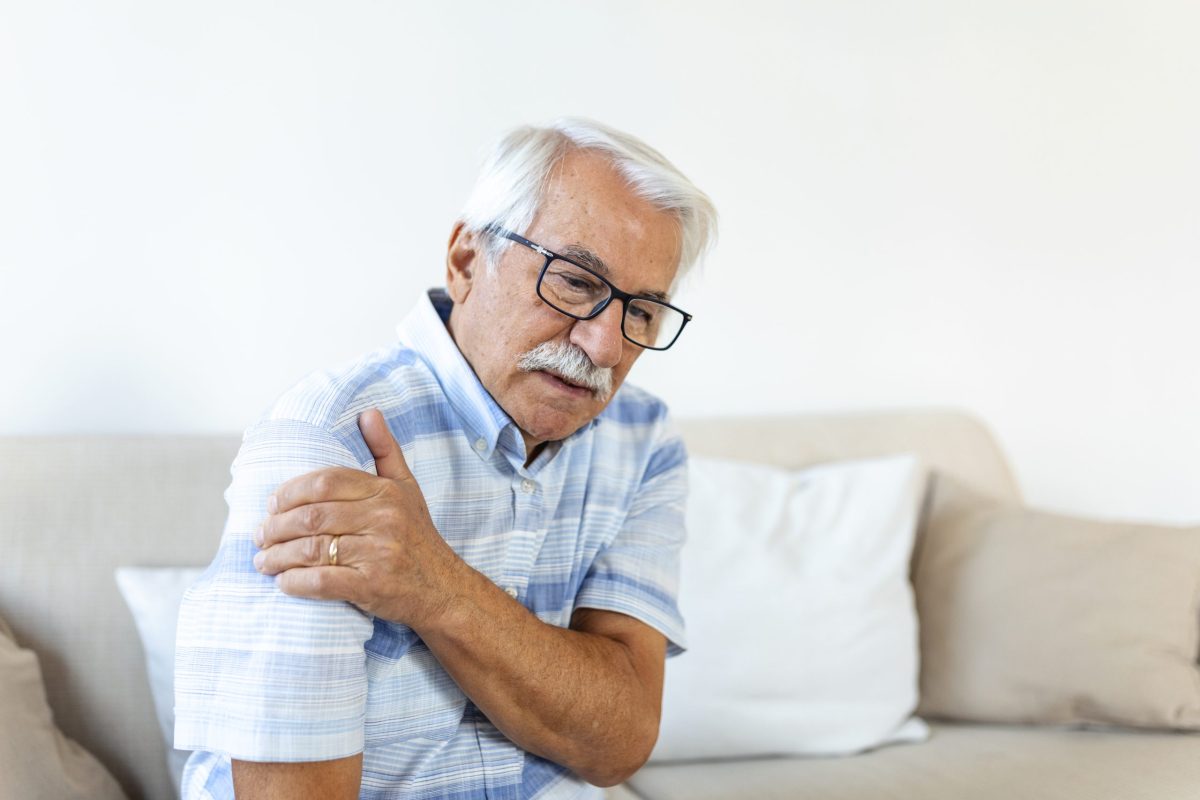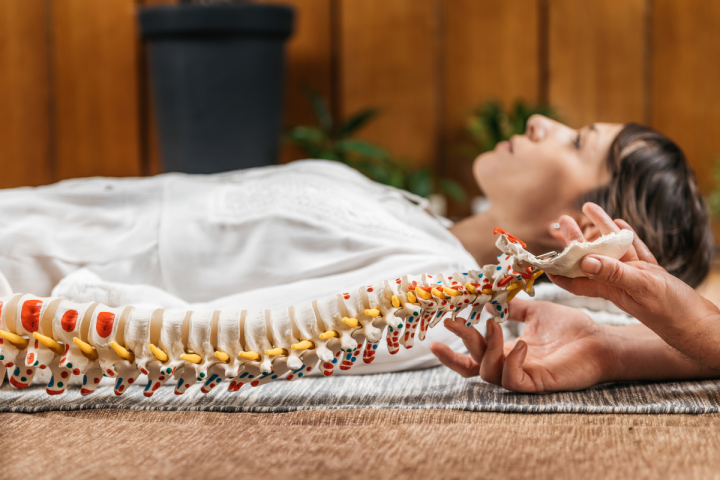Shoulder joint degeneration is diseaseThis is caused by progressive degenerative changes in the cartilage tissue of the shoulder. Over time, it also involves the bones, joint capsule, ligaments, muscles and tendons. This condition increasingly affects physically active young people. It is an inconvenient problem because a painful shoulder can make everyday activities difficult. The disease irreversibly damages joint surfaces and limits function. It can result from the natural wear and tear of individual joint components, as well as from playing certain sports or performing work that exploits the joints.
What is the shoulder joint and how does it degenerate?
The shoulder joint is the set of bony connections within the shoulder joint and the shoulder girdle, connecting the upper limb to the trunk. Osteoarthritis causes destruction of its surface due to loss of articular cartilage. The lesion affects the head of the humerus and the acetabulum of the shoulder blade. There is then fibrosis, cracking and abrasion of the cartilage surface and even complete exposure of the articular surfaces.
As further stages of this condition there is inflammation of the synovial membrane in the joint, fibrosis and shrinkage of the joint capsule, and ligament and muscle dysfunction.
Shoulder joint degeneration - causes
The loss of articular cartilage causing shoulder osteoarthritis is caused by disturbances in the synthesis of the proteins that build it. These are usually caused by:
- genetic predisposition,
- natural ageing of the elements of the skeletal and muscular system,
- systemic diseases and metabolic disorders: e.g. diabetes, obesity, rheumatoid arthritis,
- congenital and developmental defects of the shoulder joint,
- history of trauma and instability of the shoulder joint,
- overloading of the joint caused by work or physical activity,
- poor diet.

Shoulder joint degeneration - symptoms
Symptoms of osteoarthritis of the shoulder include:
- pain, usually deep, dull and particularly increasing during physical activity or due to changes in the weather, which also often occurs when sleeping and sleeping on the affected shoulder,
- discomfort in the shoulder and cervical region,
- shoulder stiffness,
- crackling, locking or rubbing in the joint during movement,
- muscle weakness and contractures,
- effusions in the joint cavity.
- reduced mobility of the shoulder.
Who is at risk of shoulder arthritis?
In physically active people, shoulder degeneration is most often the result of certain sports that put a lot of strain on this joint. These include handball, volleyball, discus throwing or ball pushing.
In people who do not participate in sport, the disease is usually caused by work that puts a lot of strain on the shoulder. Painters, bricklayers, plasterers, dentists and people working on production lines are often affected.
Shoulder joint degeneration - diagnosis
If pain is felt and mobility of the shoulder is restricted, a specialist should be contacted. who should carefully examine the affected joint. He or she will order imaging tests for this purpose. X-rays are effective and should show a reduction of the joint space, a thickening in the subchondral layer of the bone and the presence of bony prominences.
The test that will most quickly detect early destructive changes in the cartilage is MRI.
Shoulder joint degeneration - treatment
There is no effective cure for the destruction of articular cartilage, so treatment of shoulder osteoarthritis is mainly symptomatic and aims to reduce pain and protect the joint from progression of the disease. This usually includes:
- avoiding overloading and using a stabilising device on the affected joint during disease exacerbation,
- use of physical treatments such as cryotherapy, ultrasound, laser therapy, magnetic fields or electrotherapy,
- performing therapeutic exercises,
- manual therapy,
- kinesiotaping,
- pharmacotherapy - non-steroidal anti-inflammatory drugs, painkillers and joint cartilage modifying drugs,
- appropriate diet,
- treatments such as delivery injections, using platelet-rich plasma or preparations based on hyaluronic acid,
- avoiding overloading the affected shoulder and staying in cold and damp conditions.
Sometimes, shoulder surgery is necessary to replace the worn shoulder cartilage with an endoprosthesis. Alternatively, shoulder arthroscopy may also be an alternative solution to allow a faster recovery.




